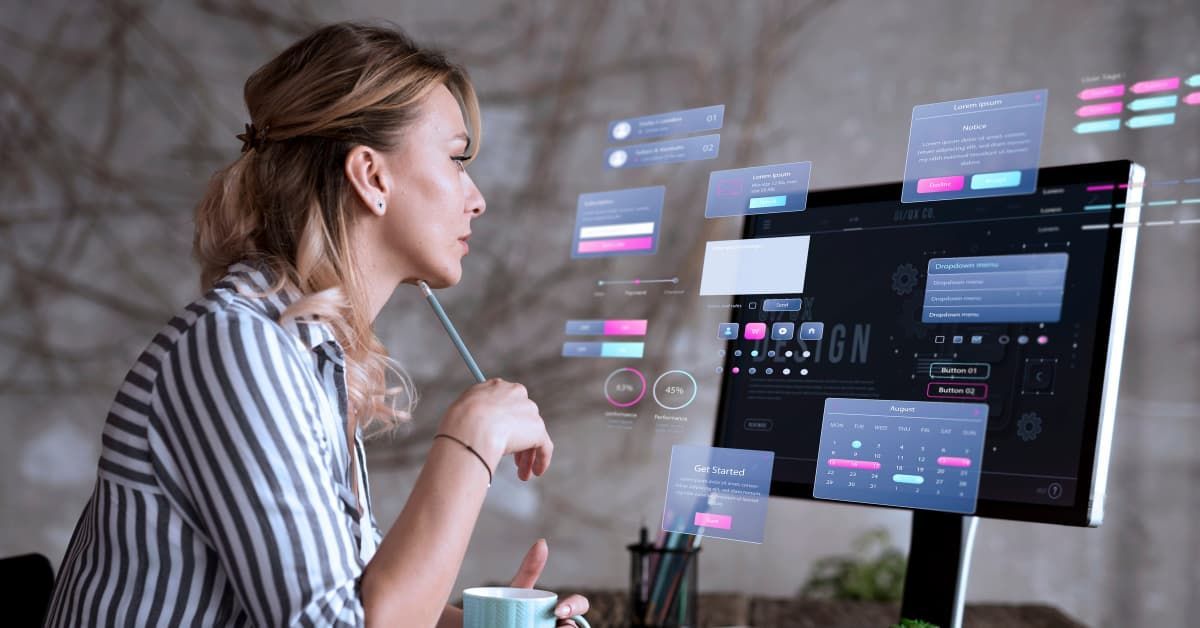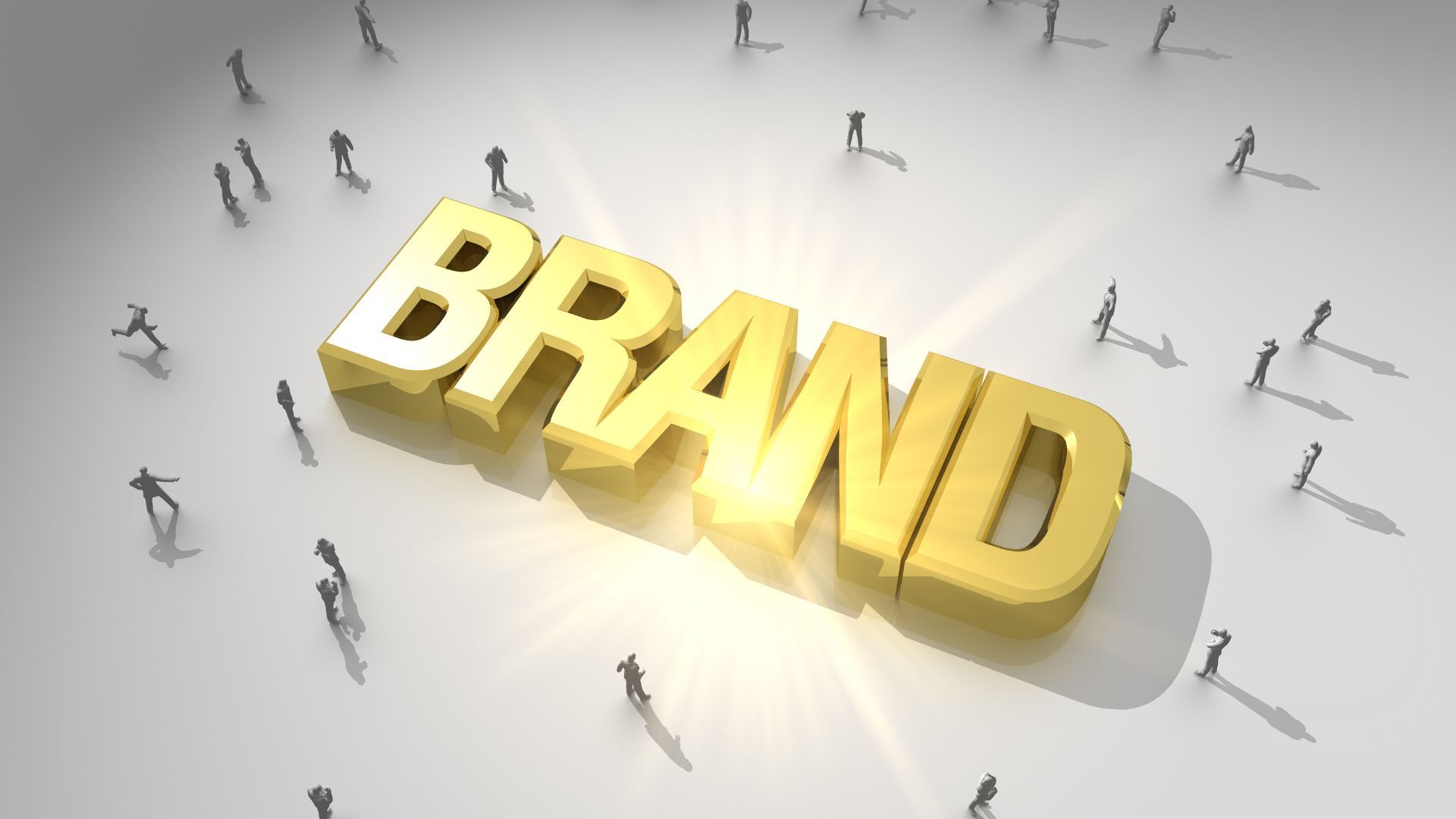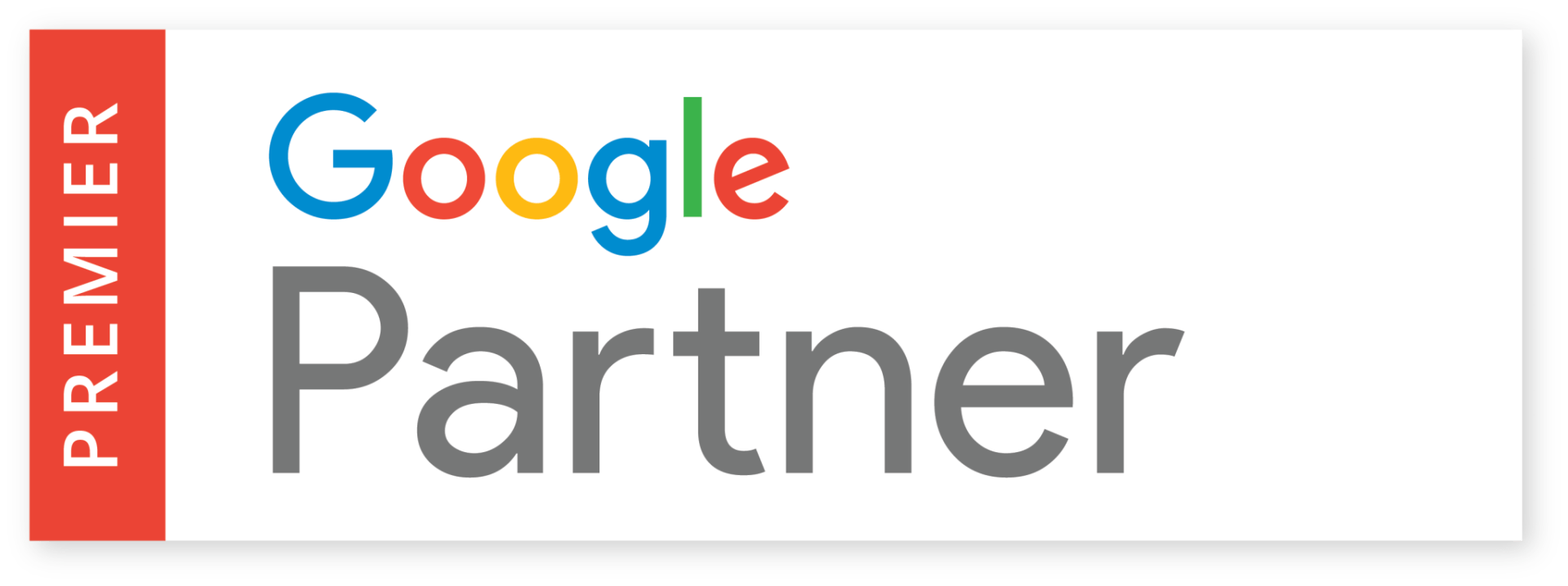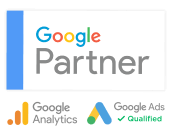Why Landing Page Design Matters: Creative Optimization & Conversion Funnels for Paid Traffic
Why Landing Page Design Matters: Creative Optimization & Conversion Funnels for Paid Traffic

You've launched your ads, targeted the right audiences, and your CPC looks decent—yet the conversions aren’t there. Sound familiar?
Marketing managers often do everything right with their paid traffic campaigns, only to be let down by one critical bottleneck: a poorly performing landing page. The truth is, it doesn’t matter how much traffic you buy—if your landing page doesn’t convert, your ROI stalls.
In this in-depth guide, we’ll break down how landing page design, creative optimization, and conversion funnels work together to maximize performance from paid media. Whether you're managing Google Ads, Meta, or other platforms, this is your blueprint—used by every results-focused digital marketing agency—for boosting conversions and reclaiming wasted ad spend.
The Role of Landing Pages in Paid Traffic Strategy
A landing page is not just a digital stopover—it’s your closer. Its design, copy, speed, and structure all influence whether a user takes the next step—or bounces.
Why Landing Pages Are Critical for Conversion:
- They eliminate distractions (unlike homepages)
- They align tightly with ad messaging
- They guide users to a single CTA (call to action)
- They offer proof, value, and urgency at the right time
Think of your landing page as the final pitch. If your page doesn’t seal the deal, you’re simply buying traffic for the sake of visibility—not action.
Key Elements of High-Converting Landing Page Design
Great landing pages don’t happen by accident. In successful providence digital marketing strategies, they follow proven design principles that combine UX psychology, mobile responsiveness, and performance metrics to drive measurable results.
1. Clear, Conversion-Driven Headline
The headline should immediately reassure the visitor that they’ve landed in the right place. It must:
- Reflect the ad copy that brought them there
- Address a core benefit or pain point
- Be short, punchy, and scannable
2. Strong Visual Hierarchy
Visual elements (fonts, buttons, imagery) should guide the eye toward the CTA. Use:
- Bold buttons
- Contrasting colors
- Minimal distractions
3. Trust Signals
People won’t convert if they don’t trust you. Include:
- Testimonials or reviews
- Security badges
- Client logos or media mentions
4. Mobile-First Optimization
A slow, clunky mobile landing page kills conversions. Ensure:
- Fast load speeds
- Tap-friendly buttons
- Easy form fields
5. Single, Focused CTA
Every landing page should have one job—whether that’s a form fill, a purchase, or a download. Avoid multiple CTAs that split user attention.
Creative Optimization: Turning Design Into Performance
Your landing page is the destination—but your creative assets are the bridge. Creative optimization ensures your ad visuals and copy align seamlessly with the landing experience.
Here’s How to Optimize Creatives for Conversion:
1. Ad-to-Page Consistency
- Match headlines, offers, and value props
- Use similar colors, imagery, and tone
This increases user trust and lowers bounce rates.
2. Test Creative Variants
- Rotate in new hero images, video formats, or illustrations
- Try alternative headlines and CTA copy
Use multivariate testing (not just A/B) when possible to evaluate more combinations faster.
3. Dynamic Content Insertion
Use dynamic text replacement or geo-targeted content to personalize pages based on:
- Keyword
- Campaign name
- User behavior
This small detail can lead to double-digit conversion lifts.
Building and Optimizing Conversion Funnels
Even the best-designed landing page won’t save a broken funnel. Your funnel is the full journey a user takes from ad to action—and every step must be frictionless.
Three Core Stages to Optimize:
1. Awareness to Interest
Your ad and landing page should work together to answer:
- Who is this for?
- What’s the value to me?
- Why now?
Use emotional copy and visuals to hook attention right away.
2. Interest to Desire
Here, the user starts considering the offer more seriously. Support them with:
- Clear features and benefits
- Social proof
- Comparison charts (when relevant)
- Case studies or results
3. Desire to Action
This is where urgency and clarity matter most. Add:
- Time-sensitive offers
- FAQs to remove doubt
- Live chat or support options
Every funnel should be reviewed weekly or daily, depending on traffic volume, to optimize dropout points and conversion friction.
Landing Page Mistakes That Kill ROI
Even with a solid strategy, simple errors can derail performance. Avoid these common issues:
1. Slow Page Load Times
Especially on mobile. A 1-second delay can cause a 7% drop in conversions.
2. Vague or Weak CTAs
Don’t use “Submit.” Try “Get My Quote,” “Start My Free Trial,” or “Book My Demo.”
3. Asking for Too Much
Forms with too many fields create resistance. Start with the essentials and use progressive profiling later.
4. No Follow-Up Funnel
If someone bounces or doesn't convert, do you have retargeting in place? What about email capture for nurturing? Don’t let interested users disappear forever.
How This Ties into SEO Digital Marketing
While this guide focuses on paid media, all of these landing page principles apply to SEO digital marketing too. High-performing pages don't just convert paid traffic—they support organic discoverability, lower bounce rates, and higher engagement.
If your pages are already converting paid users well, that same structure can be adapted to drive SEO success. After all, search engines reward great UX and performance just as much as real users do.
Conclusion:
If you’re spending money on paid ads, you owe it to your budget to invest in conversion-optimized landing pages and creative. Every click that lands on a generic or poorly designed page are money left on the table.
By integrating strategic landing page design, ongoing creative optimization, and seamless conversion funnels, you create a self-reinforcing system that grows with your campaigns. You don’t just get more conversions—you get smarter, more scalable ROI.
Contact us today to discover how our conversion-driven design services can help you reduce bounce rates, increase lead quality, and get more ROI from every click.
FAQs: Landing Page & Conversion Funnel Optimization
Q 1: How often should I update or audit my landing pages?
At minimum, audit your landing pages monthly. For high-traffic campaigns, a weekly or bi-weekly review of performance data is ideal.
Q 2: What’s the average conversion rate for a well-designed landing page?
This varies by industry, but a solid benchmark is 10%–20% for paid traffic. With optimized design and funnel strategy, some campaigns see rates of 25% or higher.
Q 3: Do I need different landing pages for different campaigns?
Yes. Matching your landing page to each ad campaign or audience segment improves message relevance and increases conversion rates.
Q4: How long should a landing page be?
There’s no one-size-fits-all. For complex products or services, longer pages with detailed info convert better. For simpler offers, short pages with a strong CTA work best. Always test.
Q 5: Can I use the same landing page for SEO and paid traffic?
It depends. SEO pages may need more content, while PPC landing pages are designed for focus and speed. However, the core principles of good UX and trust-building apply to both.





